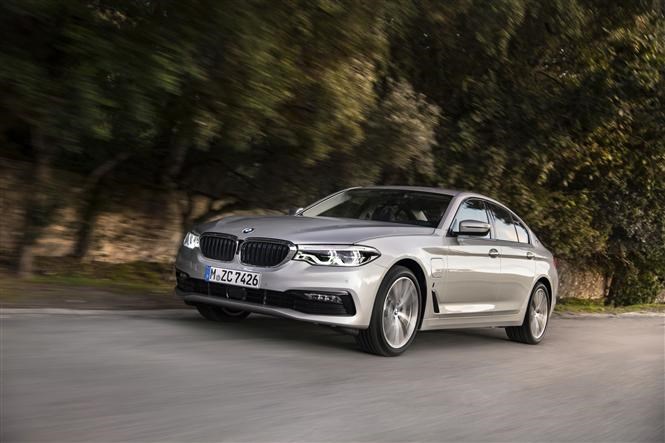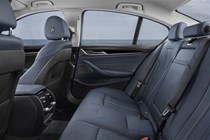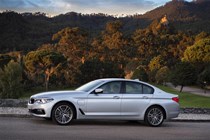The BMW 5 Series is a top player in the company car world – there are five very good reasons why it should be on your shortlist here – especially in regular 520d diesel form.
Now though, in a bid to appeal to those looking to boost their eco-credentials, BMW has revealed the first plug-in hybrid version of the Five: the 530e iPerformance.
What’s powering it?
A 2.0-litre turbocharged petrol engine producing 184hp and 320Nm of torque, in combination with an electric motor producing 95hp and 250Nm of torque. The total system output is 252hp and 420Nm of torque.
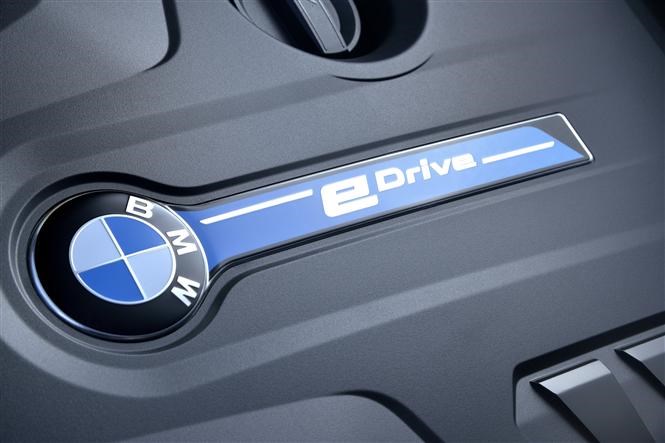
The 530e is good for sprinting from 0-62mph in just 6.2 seconds, but BMW claims it’ll return 141.2mpg and just 46g/km of CO2, although that will be only achieved by making use of the electric motor as effectively as possible.
How does it work?
Like the plug-in hybrid systems found in the 7 Series (read our 740Le xDrive road test here) and 2 Series Active Tourer (read more on the 225xe here), the 530e’s comes with a selection of driving modes to get the most out of the car. These are Auto eDrive, Max eDrive and Battery Control:
- Auto eDrive – default setting using both the engine and electric motor
- Max eDrive – battery power alone up to speeds of 87mph
- Battery Control – allows the driver to set how much battery charge they want to keep in reserve (for example to make use of it later in a journey in an urban area)
There’s also the usual set of driving modes found in BMW’s range of conventionally-powered cars; Sport, Comfort and Eco Pro.
What makes it a good company car?
A yet-to-be-confirmed but highly likely BIK tax rate of just 7%, like other plug-in hybrid cars currently on sale such as the Audi A3 e-tron and Kia Optima PHEV.
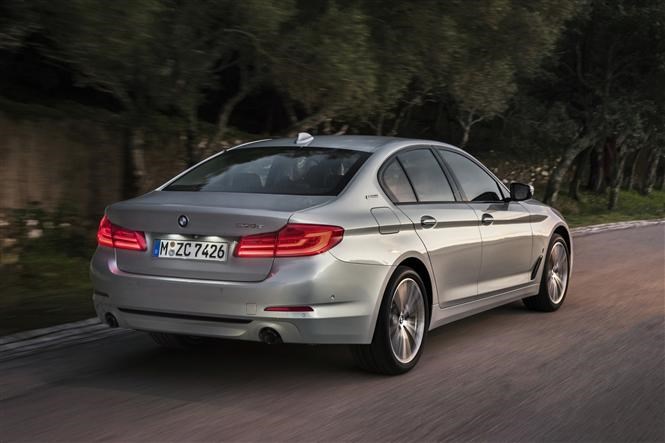
Low CO2 emissions (46g/km) mean road tax is zero for private buyers anyway, but business users will benefit from much lower costs than an equivalent diesel, the only issue being the slightly higher P11D value of around £44,000 compared with the 520d’s £36k price tag in SE trim.
Tax costs are set to climb for this sort of car (click here for 2020/2021 BIK news), but for now business drivers can enjoy heavy discounts as the government tries its best to move people away from dirty diesel power.
What about charging it?
Connected via a regular domestic plug socket, the 530e can be charged in less than five hours, or less than three via a BMW iWallbox fast charger.
With a full battery, BMW claims the 530e will travel 29 miles on battery power alone, with a combined range of nearly 400 miles when the petrol is called into action. That means the plug-in 5 Series could work well as a long-distance company car and not just around town.
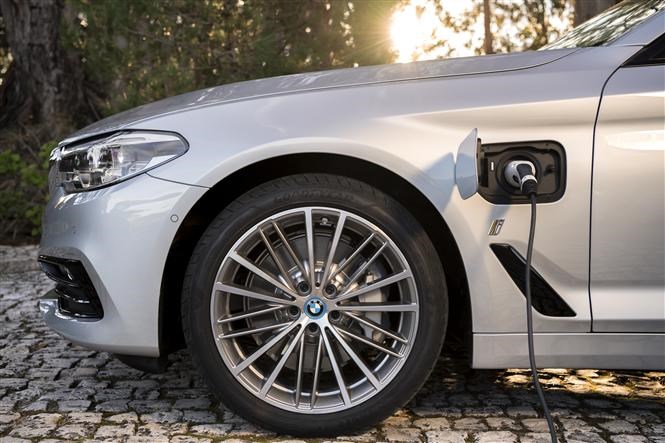
The usual advice applies to using a plug-in hybrid, though – to get the most out of the hybrid drivetrain, you’ll need to be able to charge it at the beginning and end of your journey. This would be especially useful if your commute is less than 30 miles with access to a charger at either end – otherwise you’ll be running it largely as a regular petrol automatic.
Power is fed to the rear wheels via an eight-speed automatic transmission, just like any other 5 Series model, however practicality has taken a slight hit because the batteries are located beneath the rear seats, impacting the size of the boot. Luggage capacity drops from 530 to 410 litres, which is still reasonably capacious.
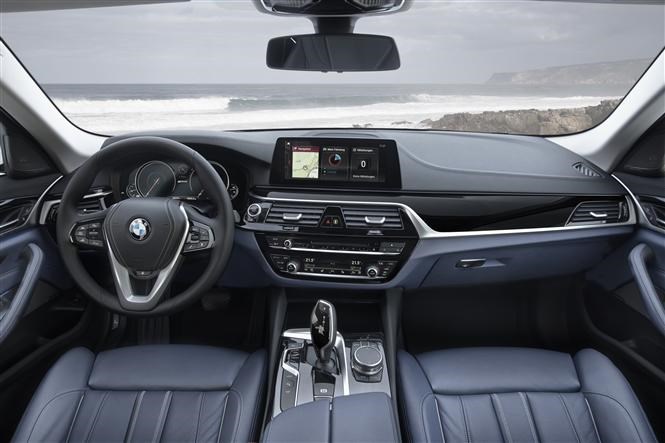
5 Series: business as usual
Everywhere else, the 530e is the same as the rest of the new 5 Series range. That means lots of technology and lots of luxury, with just a smattering of ‘eDrive’ badges around the car and some blue detailing on the grille and wheels.
The 530e goes on sale in January 2017.
You can read about the new 5 Series in greater detail in our full review by clicking here
Just so you know, we may receive a commission or other compensation from the links on this website - read why you should trust us.


